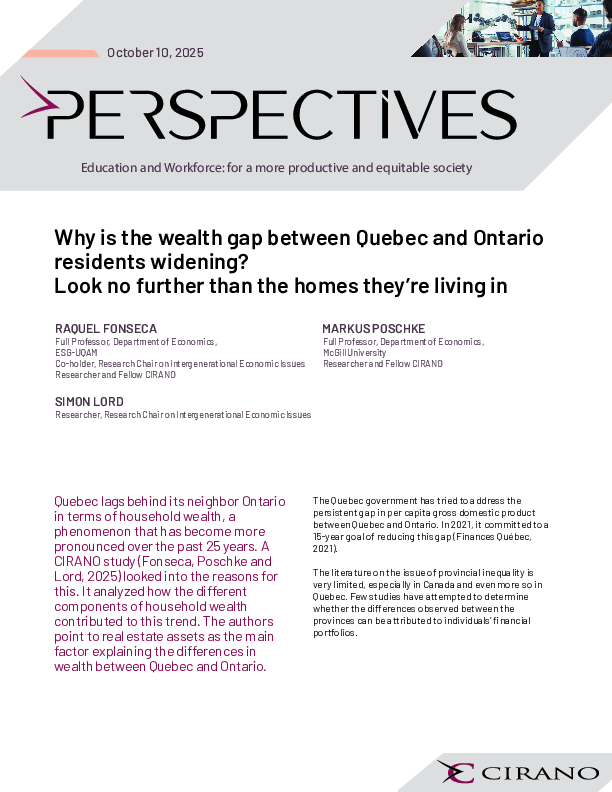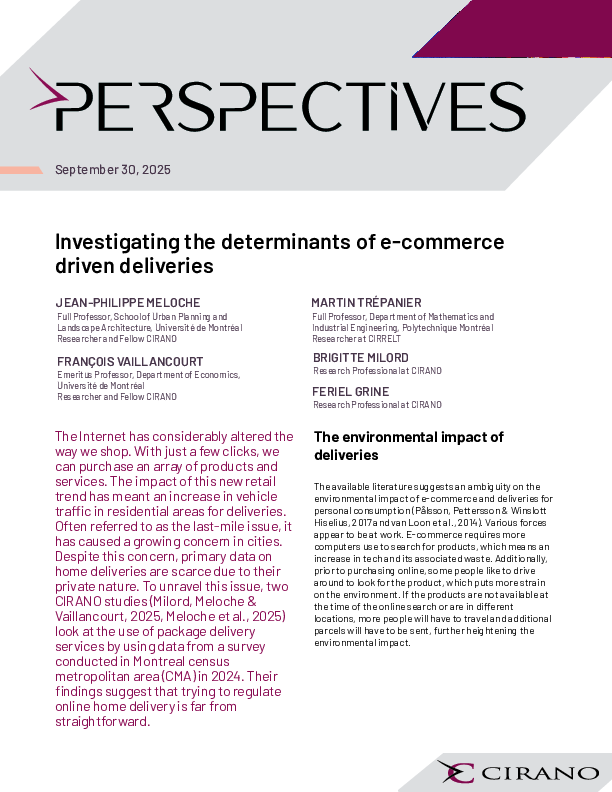Trajectoires des grands utilisateurs de soins de santé au Québec
In 2024–2025, public health expenditures in Québec exceeded $60 billion, representing 50% of total public spending. It is well documented that health expenditures are concentrated within a minority of users identified as “high users” of healthcare services. However, the care trajectories of these high users (HUs) remain largely underexplored.
Drawing on data from the TorSaDe cohort (The Care Trajectories—Enriched Data ), a longitudinal database representative of the Québec population, the authors identify the socio-economic, demographic, clinical, and behavioral factors that distinguish HUs of healthcare from the general population.
The TorSaDe cohort combines administrative health data with responses from Québec participants to the Canadian Community Health Survey (CCHS) over a ten-year period. Among the approximately 100,000 individuals in the sample, nearly 30% were classified as HUs for at least one year. HUs do not constitute a homogeneous group: some are occasional users, others are recurrent, while some are persistent and chronic users. Although they represent a minority, the latter group makes sustained and disproportionate use of the system’s resources, often due to complex comorbidities, severe psychiatric disorders, and multiple social vulnerabilities.
This study serves as a highly strategic tool for healthcare planning in Québec. The early identification of high-risk trajectory profiles enables upstream action through targeted interventions before overuse becomes entrenched.




